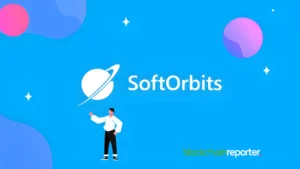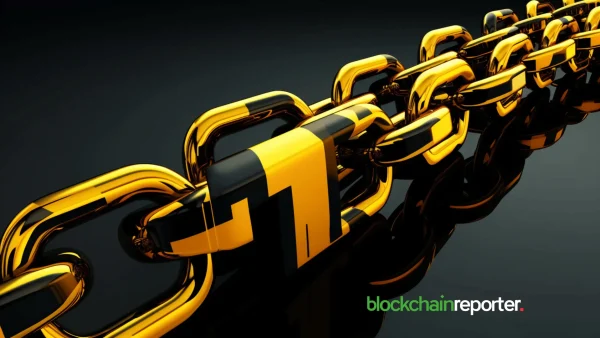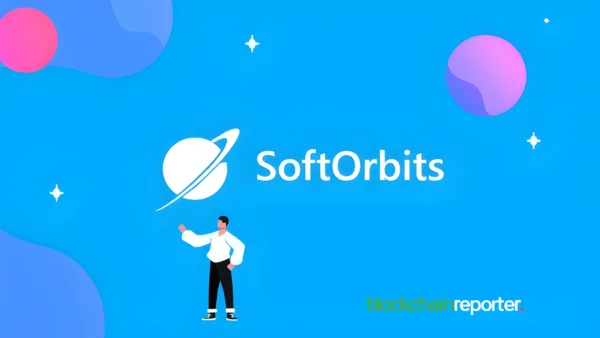
Vitalik Buterin, co-founder of Ethereum, recently provided insights into the nature of blockchain technology, describing it as a “truth machine.” Buterin’s explanation came in response to a tweet questioning the concept of a global universal blockchain. He emphasized that while blockchain provides consensus approximate-truth over when messages were sent, it cannot answer broader, more complex questions like “was the moon landing real?”
Reducing the Attack Surface
Buterin highlighted that this specific function of blockchains reduces their attack surface significantly. By focusing on providing verifiable timestamps and sequences of events, blockchains limit their vulnerability to manipulation. This design choice is crucial for maintaining the integrity and security of blockchain systems, ensuring that they are reliable for recording transactional data and message timings.
However, Buterin acknowledged that this limitation means blockchains alone are insufficient for more complex truth-finding missions. Determining historical or factual truths, such as verifying significant events or broader societal questions, requires other tools and systems beyond the blockchain. Buterin’s remarks suggest that while blockchains are powerful for certain types of verification, they must be complemented with additional mechanisms to address a wider array of truth-finding tasks.
The original tweet asked about the concept of a global universal blockchain, prompting Buterin’s clarification. His response underscores the importance of understanding blockchain technology’s specific strengths and limitations. As blockchains continue to gain prominence in various sectors, from finance to supply chain management, recognizing what they can and cannot do is essential for their effective implementation and integration with other technologies.










